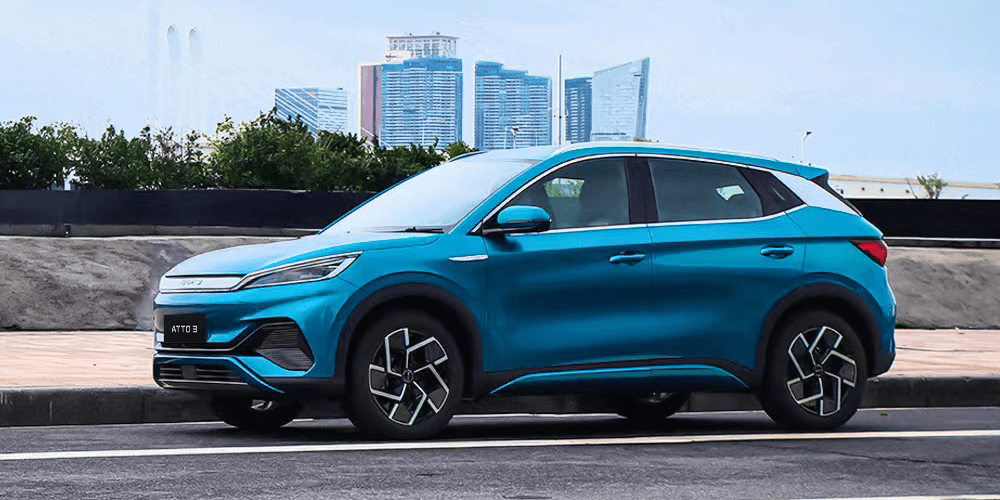Sales of electric cars and plug-in hybrids in China fell slightly in April. According to data from the China Association of Automobile Manufacturers (CAAM), 636,000 new energy vehicles (NEVs) were sold in April – 17,000 fewer than in March.
This year in March, 653,000 new NEVs hit the road in China. This month’s figure was, therefore, 2.6 per cent lower. However, compared year-on-year (April 2022: 280,000 NEVs), this marks an increase of 112 per cent. The share of New Energy Vehicles in total sales increased from 26.6 to 29.5 per cent in April compared to March.
In total, 471,000 BEVs and 165,000 PHEVs were sold in China in April. BEVs therefore make up three-quarters of all new energy vehicles, while PHEVs make up one quarter. For a long time, the ratio was more like fifty-fifty. NEVs include battery-electric cars, plug-in hybrids, and fuel-cell vehicles. Although FCEVs increased by 222 per cent in April, they remain at a negligible level of 300 units and do not play a significant role in the overall car market.
Across all drive types, 2.16 million new vehicles hit the road in China in April. Compared to April 2022, that is an increase of almost 83 per cent. But the figures are skewed due to the Covid lockdowns in parts of the country in the same month last year. Compared to March, sales were down 11.9 per cent, but only 2.6 per cent for New Energy Vehicles, as previously mentioned. So electric vehicles did not lose as much as the market overall.
A look at the manufacturers shows that BYD heads the list (by far) with 210,295 NEVs, 209,467 of which are NEV passenger cars and 828 commercial vehicles. At BYD, however, BEVs and PHEVs continue to balance each other out – 104,364 BEVs and 105,103 PHEVs were sold in April.
